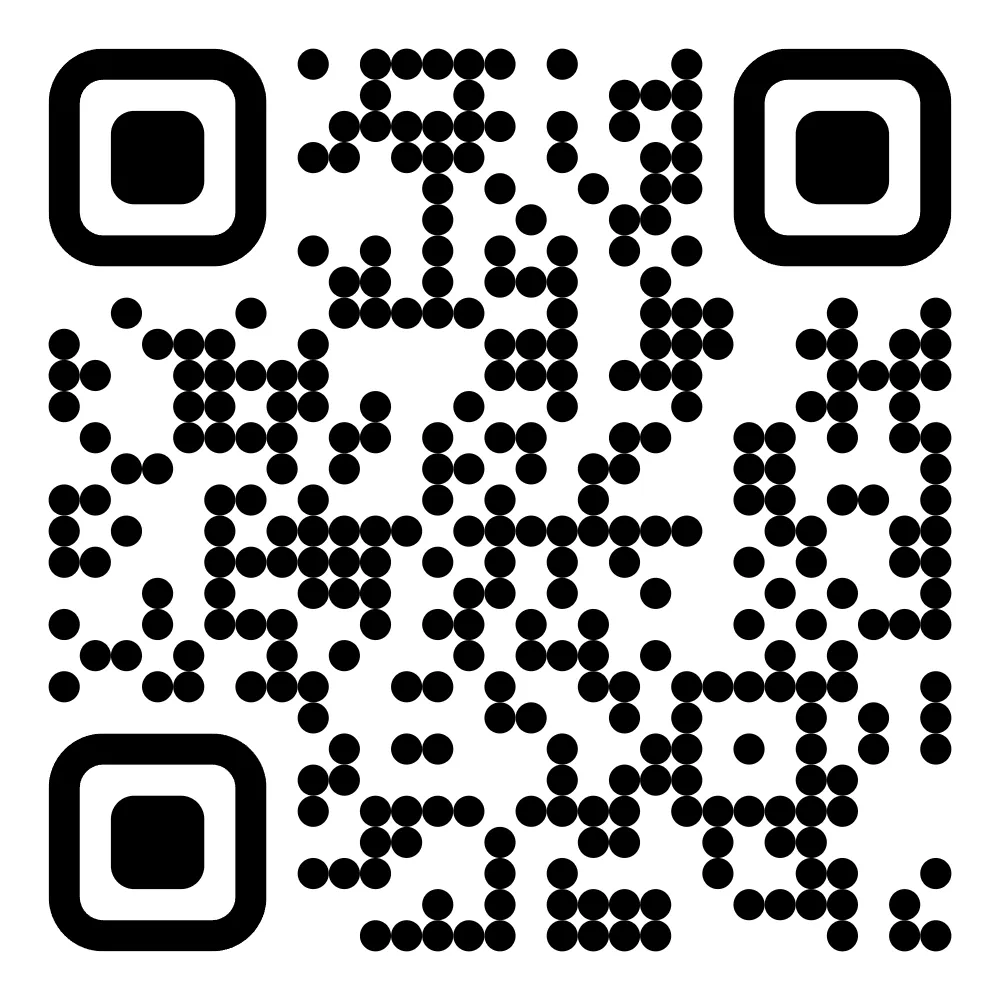Effective Solutions for DVT by Dr. Aakash Patel

Deep Vein Thrombosis (DVT) is a serious yet often overlooked condition in which a blood clot forms in the deep veins of the body, typically in the legs. This clot can cause pain, swelling, and discomfort, and in severe cases, it can lead to life-threatening complications. Dr. Aakash Patel, a renowned vascular and interventional radiologist, specializes in diagnosing and treating conditions like deep vein thrombosis, providing patients with the necessary care to prevent complications and improve their quality of life. While DVT can sometimes develop without obvious symptoms, understanding the risk factors and potential complications is crucial for early detection and treatment.
In most cases, deep vein thrombosis develops when blood flow slows down in the veins, making it easier for blood to clot. While the clot may stay in place, it can also break loose, travel through the bloodstream, and lodge in the lungs, causing a condition called pulmonary embolism. DVT is more common in individuals who are immobile for extended periods, such as during long flights or after surgery. People with a history of blood clots or certain health conditions are also at higher risk.
deep vein thrombosis
Several factors contribute to the development of DVT. Blood clots typically form in deep veins, especially in the lower legs, when the normal flow of blood is disrupted. There are three primary factors, known as Virchow's triad, that increase the risk of deep vein thrombosis:
- Stasis of Blood Flow (Slow or Impaired Circulation): Prolonged immobility is a significant cause of DVT. When a person remains in one position for an extended period, like during long-haul flights, surgery, or bed rest after an injury, blood flow in the veins can slow down, increasing the likelihood of clot formation.
- Injury to the Blood Vessel Wall: Damage to the veins, often due to injury, surgery, or inflammation, can trigger the clotting process. When the walls of the veins are injured, they may not work efficiently, and blood can pool and clot in the affected area.
- Hypercoagulability (Increased Tendency to Clot): Certain medical conditions or genetic factors can cause the blood to clot more easily than normal. Conditions like cancer, heart disease, or pregnancy, as well as taking oral contraceptives, increase the risk of DVT. Family history also plays a crucial role in increasing susceptibility to blood clots.
Symptoms of Deep Vein Thrombosis (DVT)
The symptoms of DVT can vary significantly, with some people experiencing no symptoms at all, especially in the early stages. However, typical signs of deep vein thrombosis include:
- Pain and tenderness: In the affected leg, often starting in the calf.
- Swelling: In one leg, which may worsen over time.
- Red or discolored skin: Over the affected area.
- Warmth: Around the clot.
- Swollen veins: That may be visible under the skin.
- A feeling of heaviness: In the leg.
In some cases, DVT can be asymptomatic, meaning no noticeable symptoms are present, which makes the condition harder to detect. This underscores the importance of understanding the risk factors and consulting a healthcare provider if there’s any concern.
How is Deep Vein Thrombosis Diagnosed?
Diagnosing deep vein thrombosis involves a combination of physical examination and medical tests. A physician will assess symptoms, perform a physical exam, and may order diagnostic imaging tests to confirm the presence of a clot. Common diagnostic tools for DVT include:
- Ultrasound: The most common and reliable test to confirm DVT, an ultrasound uses sound waves to create images of the veins, detecting any blockages or clots.
- D-dimer test: A blood test that measures the levels of D-dimer, a substance released when a blood clot breaks down. Elevated D-dimer levels may suggest the presence of a clot, but this test alone cannot confirm DVT.
- CT or MRI scans: In more complicated cases, imaging tests such as a CT scan or MRI may be used to detect clots in the larger veins or to rule out other conditions.
Complications of Deep Vein Thrombosis
While DVT can often be managed with treatment, untreated deep vein thrombosis can lead to severe complications. The most dangerous complication is pulmonary embolism (PE), a condition where the clot breaks free and travels to the lungs, blocking the flow of blood and causing damage to lung tissue. Symptoms of pulmonary embolism include sudden shortness of breath, chest pain, and coughing up blood, which requires immediate medical attention. Another complication of DVT is post-thrombotic syndrome (PTS), which occurs when the damage caused by the clot leads to long-term leg swelling, pain, and discomfort. This can affect a person’s mobility and quality of life. Early treatment of DVT can reduce the risk of these complications.
Risk Factors for Developing Deep Vein Thrombosis
Certain individuals are at higher risk for developing DVT. These risk factors include:
- Prolonged Immobility: Extended periods of sitting or lying down, such as during long flights, bed rest after surgery, or extended hospital stays, can lead to slow blood flow and increase the risk of clot formation.
- Previous Blood Clots: If you have had deep vein thrombosis before, you are at an increased risk of developing it again.
- Surgery or Trauma: Major surgeries, especially those involving the hip, knee, or abdomen, can increase the risk of DVT, as can trauma to the veins.
- Cancer: Cancer and its treatments, such as chemotherapy, can increase the risk of blood clots due to changes in blood clotting and circulation.
- Age: People over the age of 60 are at a higher risk of developing DVT, although it can occur at any age.
- Obesity: Excess weight can put pressure on the veins, leading to poor circulation and increased risk of DVT.
- Pregnancy and Birth Control: Pregnancy and the use of hormonal birth control can increase the risk of clotting due to changes in hormone levels.
Treatment for Deep Vein Thrombosis (DVT)
Treatment for deep vein thrombosis focuses on preventing the clot from growing, reducing the risk of pulmonary embolism, and alleviating symptoms. Common treatments include:
- Blood Thinners (Anticoagulants): Medications like heparin, warfarin, and direct oral anticoagulants help prevent the clot from enlarging and reduce the risk of new clots forming. These medications do not dissolve existing clots but help to manage them.
- Compression Stockings: Wearing compression stockings can help reduce swelling, relieve pain, and improve blood circulation in the legs.
- Thrombolytics (Clot-Busting Drugs): In more severe cases, thrombolytics may be used to dissolve large clots quickly. This treatment is typically reserved for life-threatening situations.
- Inferior Vena Cava Filter (IVC Filter): An IVC filter can be inserted into the large vein (vena cava) to prevent clots from traveling to the lungs, reducing the risk of pulmonary embolism.
- Surgery: In rare cases where other treatments are ineffective, surgery may be necessary to remove the clot or repair damaged veins.
Why Choose Dr. Aakash Patel for Deep Vein Thrombosis Treatment?
Dr. Aakash Patel is a highly skilled vascular and interventional radiologist based in Ahmedabad, with expertise in diagnosing and treating conditions like deep vein thrombosis. With years of experience in DVT management, Dr. Patel offers personalized care using the latest treatments and technologies. His approach is patient-centered, focusing on providing comprehensive care to manage symptoms and prevent complications. Dr. Patel uses advanced techniques like ultrasound-guided thrombolysis and venous interventions to treat DVT effectively and minimize the risk of recurrence. His commitment to staying at the forefront of medical advancements ensures that his patients receive the best care available.
Conclusion
Deep vein thrombosis (DVT) is a serious condition that can cause pain, swelling, and discomfort and, if left untreated, can lead to life-threatening complications like pulmonary embolism. Early detection, proper diagnosis, and timely treatment are essential for preventing further complications and improving the quality of life. If you suspect you may have DVT, it is crucial to seek immediate medical care. Dr. Aakash Patel specializes in treating deep vein thrombosis with advanced, minimally invasive techniques, offering personalized care for each patient.
For more information on DVT treatment, call +91 09586961070 or email us at aakashptl9@gmail.com. Don't wait until complications arise—take the first step toward better health today!



